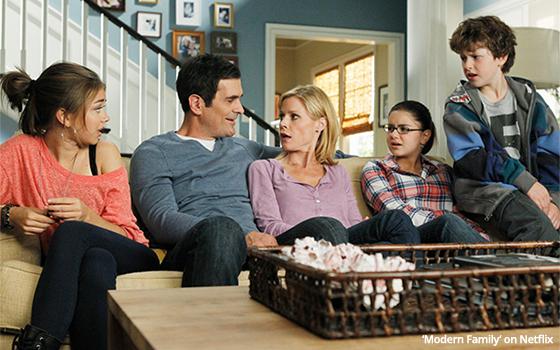While legacy media companies still are nervous about streaming -- and its longtime financial health -- it's important for them not to take their eye off the ball when it comes to some of the same
dynamics that could play out in the theatrical business.
Instead of expecting a slower rise in box office this year, MoffettNathanson Research estimates the theatrical box office will slip 10% to
$8 billion. Just to refresh our memory, this would be still down 30% from pre-pandemic levels, when the total was $11.4 billion.
One can put some of the blame on the months-long
actors' and writers' strike that delayed production of all types.

That said, Robert Fishman, media analyst for MoffettNathanson, is more optimistic about
next year -- especially for Walt Disney, which is scheduled to release four Marvel-theme films, as well as sequels to “Avatar”, “Zootopia”, “Tron,” and a live
action remake of “Snow White
advertisement
advertisement
Next year he estimates an overall domestic market 9% increase to $8.7 billion in theaters.
But that would still be 23% below 2019 levels, when it
amounted to $11.4 billion.
All this brings up the question of the billions of dollars that legacy media companies still spend to fill their expanding channels with movie and TV content: Linear
TV networks, theatrical theaters, theme-park related media, premium digital, and streaming.
For theatrical, it seems media companies have found a decent scheduling format now when it comes to
major theatrical franchise movies remaining on the big screen to take in major box-office revenue. So there's no need to worry about those big action adventure/fantasy movies shifting exclusively or
in tandem with streaming services, for example.
Few headlines fret over this right now. That may be due to companies shifting their concerns -- especially the financial health of their premium
streaming platforms in terms of whether they will achieve steady profitability. They don't want to upset the apple cart, so to speak.
Legacy TV-movie companies need to maximize -- to achieve
all the revenue they can get.
This means not just continuing to have a steady, more traditional theatrical movie business, but also to make revenues the old-fashioned way: Selling TV shows and
movies to other companies.
More recently this also includes selling to the still leading and dominant competitor Netflix. But now that is a more tricky situation.
This "frenemy" situation then comes at a cost -- given the precarious position of those
legacy media companies looking to establish a stable streaming business to compete with Netflix.
This "frenemy" position is far different than when the moniker is affixed to linear TV networks
and their sister TV/movie studio operations. Think 21st Century Fox selling “Modern Family” to ABC Television Network.
Was that a good move by Fox? Yes, because that kind of show
didn't really fit on the Fox Television Network back then. And one hit prime-time broadcast show doesn't make a network -- most of the time.
So this is all to say that traditional media must
continue to juggle this content-placement dynamic -- in theatrical movie houses, owned streaming platforms, and in content sales to both competitors and other channels.
What's the formula
going forward? This movie storyline is barely into its first act.